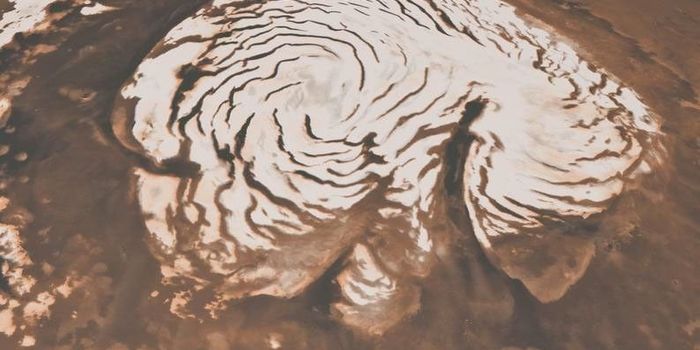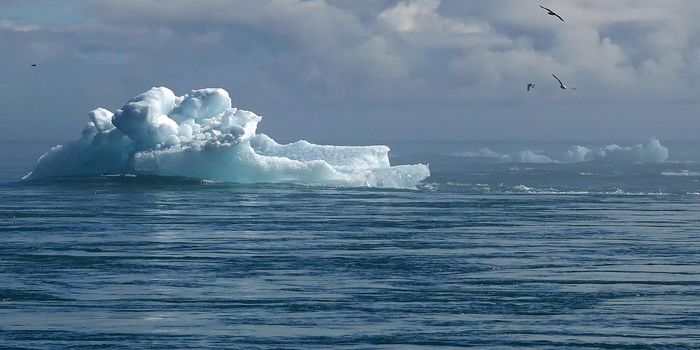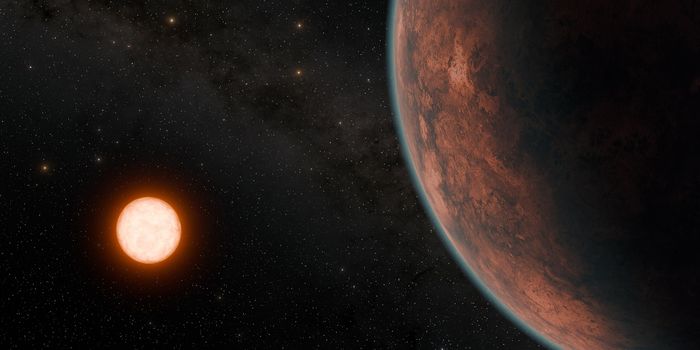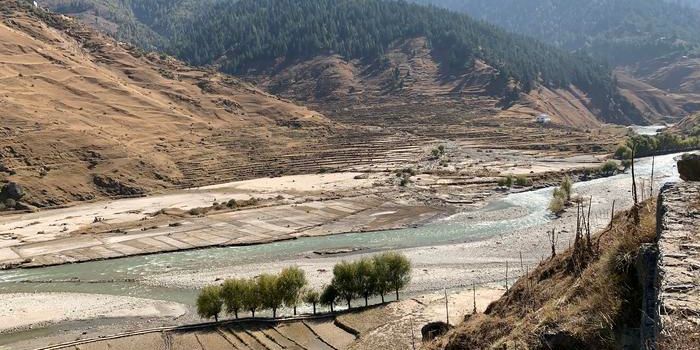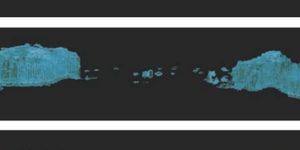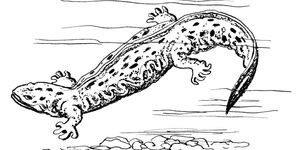How AI Can Help Reduce the Impacts of Natural Disasters
Landslides are a serious geologic hazard, causing extensive damage when they occur, including fatality, injury, property damage and other economic losses, as well as secondary hazards such as damming and flooding. They are estimated to cause billions in damages globally, with thousands of deaths each year — accounting for at least 17% of all fatalities from natural hazards worldwide. In the U.S. alone, landslides are believed to cause more than $1 billion in damages and upward of 25-50 deaths each year.
As well, with climate change, landslides have become more frequent, with accompanying damages increasing in number and scope. Studies attribute this to more frequent and intense rainfall that comes with a warming climate.
However, predicting landslides has historically been a difficult process due to the many variables that influence their occurrence, including environmental conditions as well as the terrain, slope and drainage, the composition of the soil, and more. Landslide prediction has been called “as much an art as a science.”
Traditionally, geologists used physical and statistical models to calculate the likelihood of a landslide. However, physical models face limitations of time and resources, while statistical models operate like “black boxes,” offering little insight into the process that produces their predictions.
To improve upon traditional models, researchers have begun training deep neural networks, or DNNs, to predict landslides. DNNs are a type of machine learning model using artificial intelligence (AI). As with statistical models, however, the DNNs do not “show their work,” introducing constraints for researchers seeking to act upon landslide predictions with greater precision in an attempt to prevent possible landslides in the future.
"DNNs will deliver a percentage likelihood of a landslide that may be accurate, but we are unable to figure out why and which specific variables were most important in causing the landslide," said Kevin Shao.
Thus, a research team of UCLA geologists have developed a new technique to better predict landslides with higher accuracy and interpretability than DNNs. Termed a superposable neural network (SNN), the new model operates by employing different layers of a network which run alongside each other, converging at the end of the process. This allows researchers to examine the dynamics among multiple variables throughout the calculation. The new approach outperformed physical and statistical models, while matching the performance of DNNs.
In addition to improving upon the accuracy and transparency of DNNs, SNNs require relatively minimal computing power.
"The SNN is so small it can run on an Apple Watch, as opposed to DNNs, which require powerful computer servers to train," study co-author Louis Bouchard said.
The new program introduces the possibility for more readily available, highly accurate landslide prediction and prevention, with the potential of reducing death and additional damages around the globe.
Sources: USGS; Geosciences Journal; NASA; ScienceDaily; Geology Today; Communications Earth & Environment

